🤯 Nuclear Energy Facts You Won't Believe! ☢️ Powering the Future?
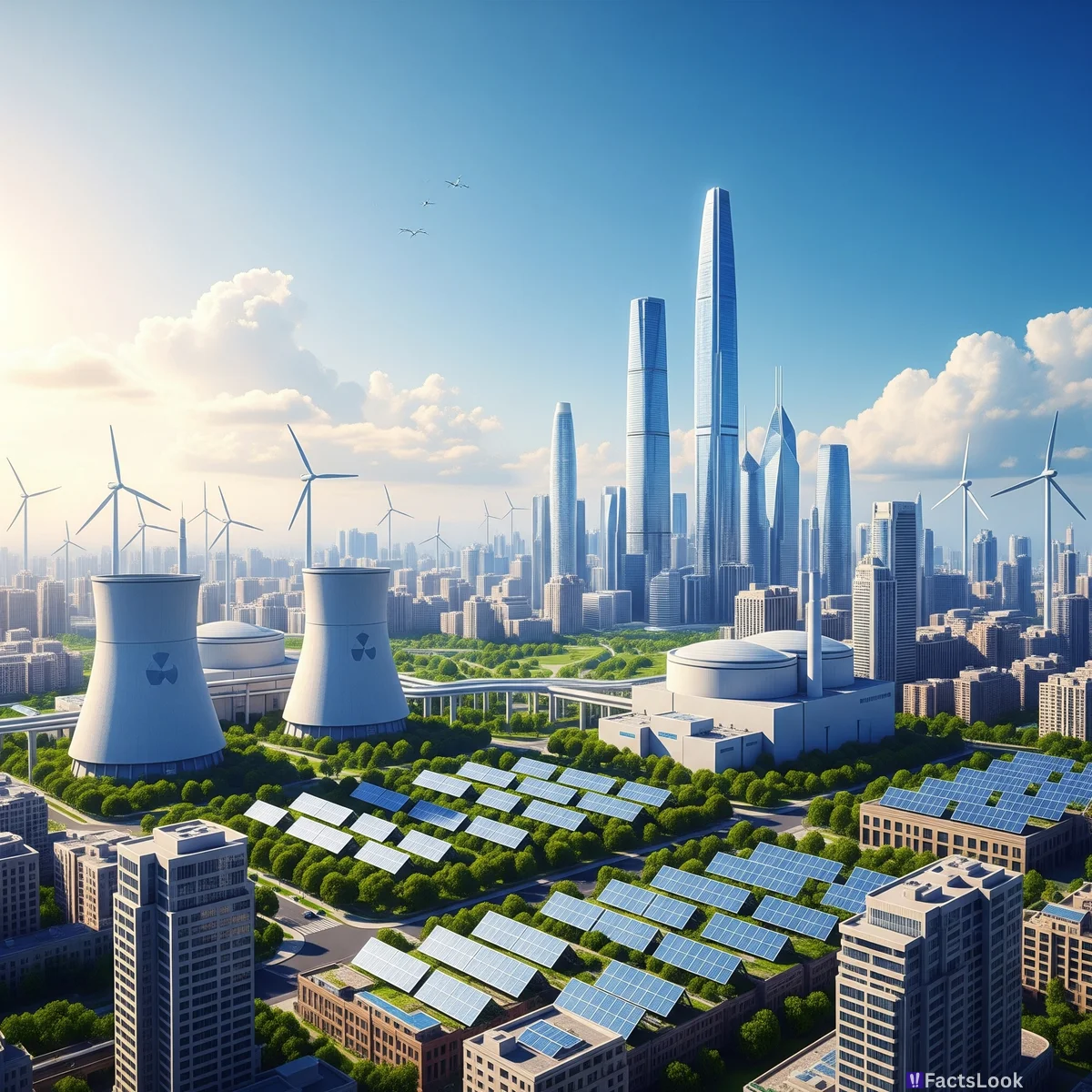
Unleashing the Atom: More Than Just Power!
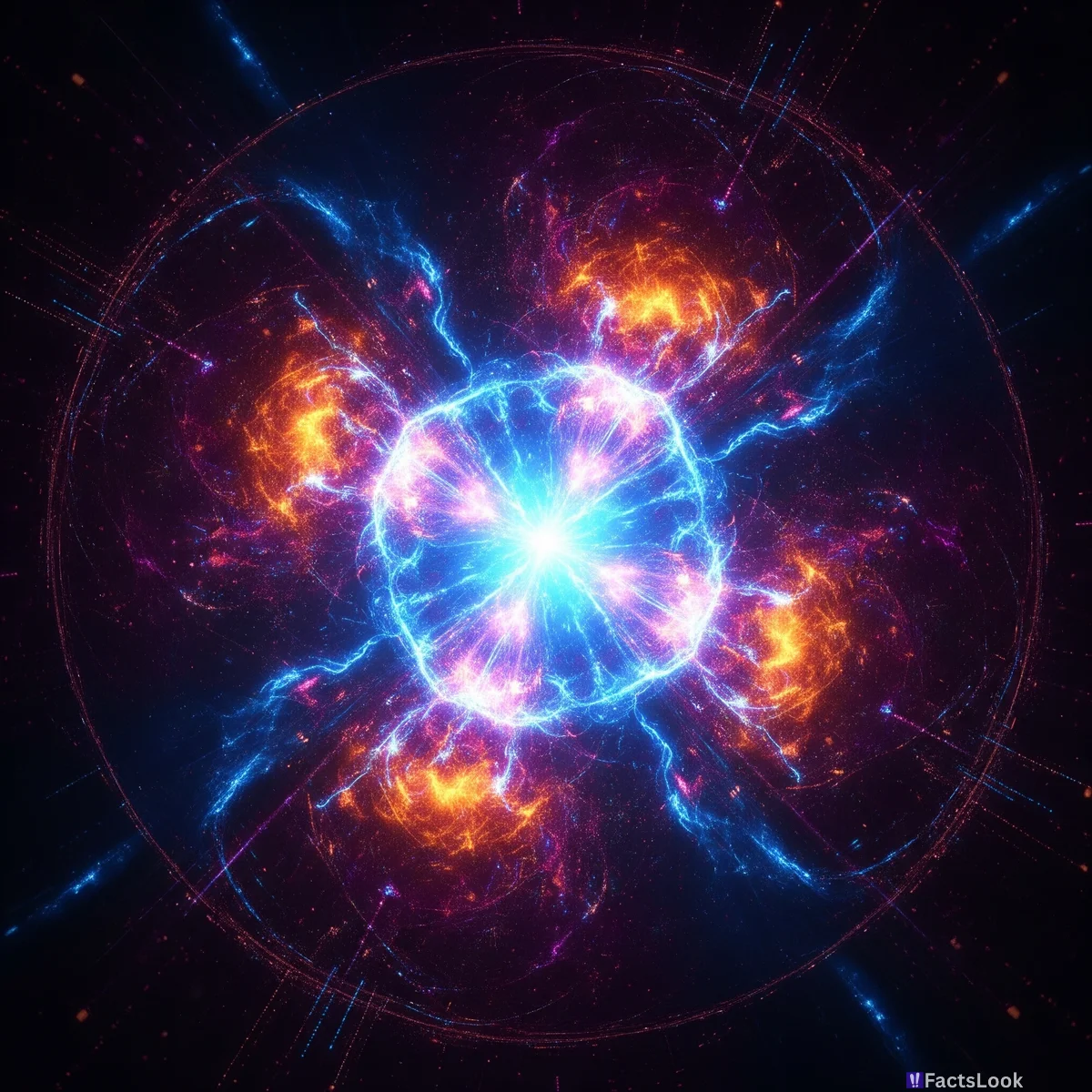
Dive into the electrifying world of nuclear energy! Beyond simply flipping a switch, nuclear power holds a trove of fascinating, often misunderstood, facts. Prepare to have your perceptions challenged as we unravel the atomic age, revealing surprising truths about this potent energy source. Get ready to be enlightened!
Nuclear Power: A Century-Old Dream?
The concept of nuclear power isn't as recent as you might think! Scientists were theorizing about harnessing atomic energy as far back as the early 20th century. This field has roots in the groundbreaking discoveries of radioactivity by pioneers like Marie Curie and the subsequent development of nuclear physics, setting the stage for the atomic age.
Einstein's Equation: The Power Behind the Plant
Ever heard of E=mc²? Einstein's famous equation is the bedrock of nuclear energy. It reveals that a tiny amount of mass can be converted into a colossal amount of energy. Nuclear power plants exploit this principle through nuclear fission, splitting atoms to release this immense energy as heat.
Uranium: Earth's Atomic Fuel Source
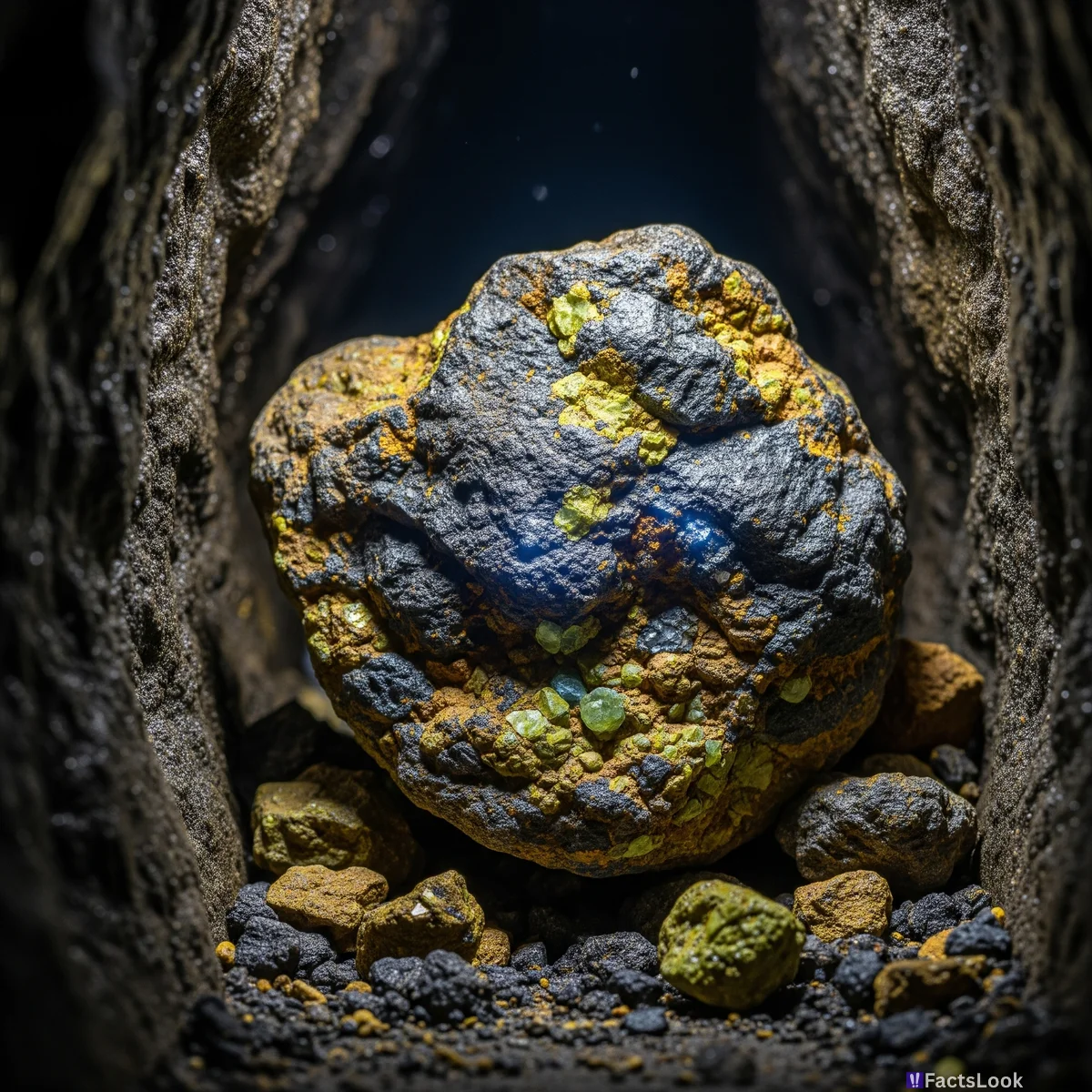
Uranium, a naturally occurring element found in rocks worldwide, is the primary fuel for most nuclear power plants. This heavy metal is mined, processed, and enriched to increase the concentration of the fissile isotope Uranium-235, making it suitable for sustaining a controlled nuclear chain reaction.
Fission: Splitting Atoms to Generate Heat
Nuclear power plants don't 'burn' fuel in the traditional sense. Instead, they use nuclear fission. This process involves bombarding uranium atoms with neutrons, causing them to split and release energy in the form of heat, along with more neutrons that continue the chain reaction.
Controlled Chain Reaction: The Key to Safe Power
The fission process is a chain reaction, meaning it's self-sustaining once initiated. However, in a nuclear reactor, this chain reaction is meticulously controlled using control rods. These rods absorb excess neutrons, preventing a runaway reaction and ensuring a steady, manageable energy output.
Steam Power: The Familiar Middleman
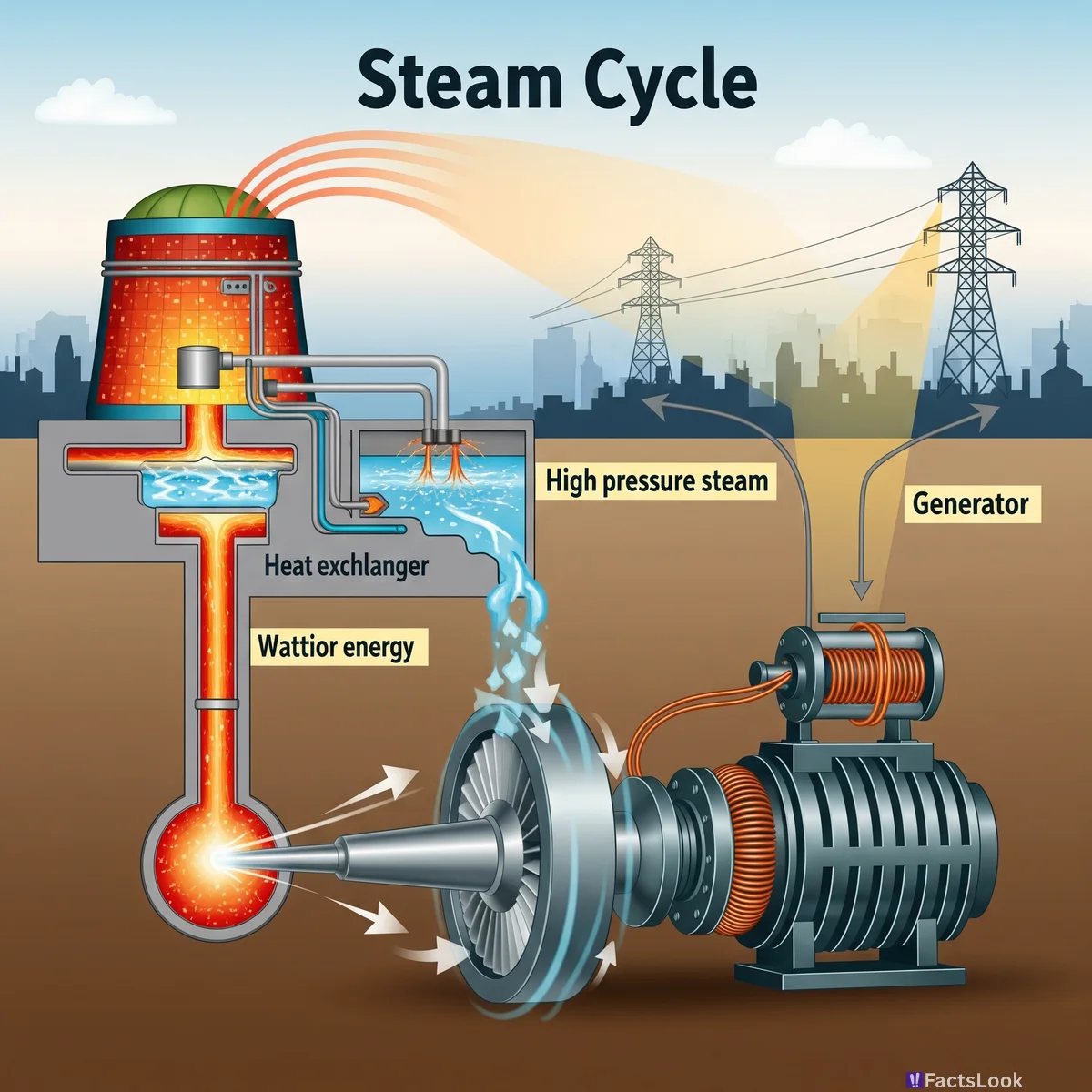
The heat generated by nuclear fission doesn't directly become electricity. Instead, it heats water to produce steam. This high-pressure steam then spins turbines, which are connected to generators, ultimately converting mechanical energy into electrical energy – similar to coal or gas power plants.
No Greenhouse Gases: A Climate Ally
A significant advantage of nuclear power is that it doesn't emit greenhouse gases during electricity generation. This makes it a crucial carbon-free energy source in the fight against climate change, helping to reduce reliance on fossil fuels that contribute to global warming.
High Energy Density: Power from Small Packages
Nuclear fuel boasts incredibly high energy density. A small pellet of uranium fuel, about the size of your fingertip, contains as much energy as roughly one ton of coal, 17,000 cubic feet of natural gas, or 149 gallons of oil! This efficiency minimizes fuel transportation and storage needs.
Nuclear Waste: A Long-Term Challenge
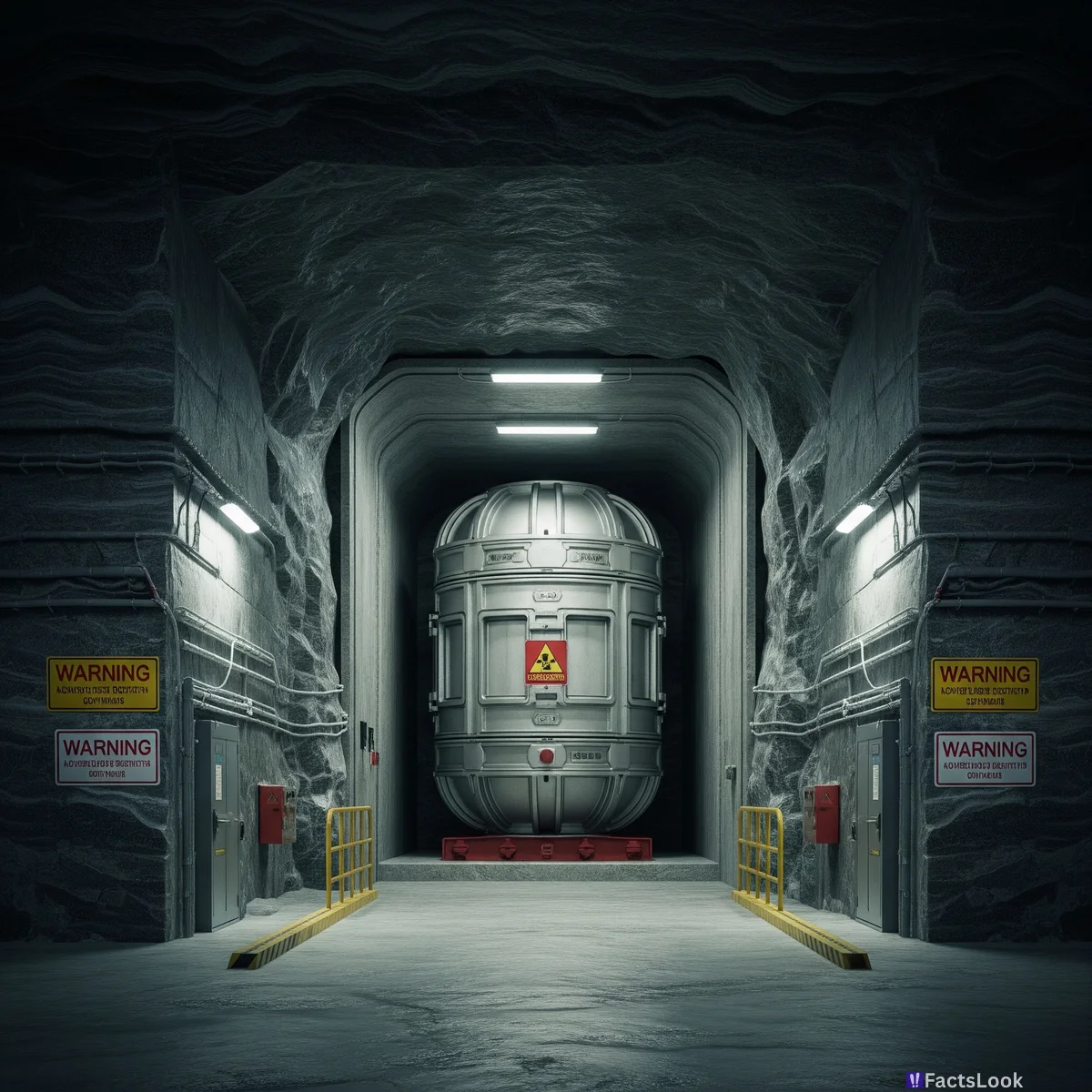
While nuclear power is clean in terms of air pollution, it does produce radioactive waste. This waste remains radioactive for thousands of years and requires careful long-term storage and disposal solutions. Scientists are actively researching advanced recycling and waste reduction technologies.
Small Modular Reactors (SMRs): The Future of Nuclear?
Innovation is buzzing in the nuclear industry! Small Modular Reactors (SMRs) are gaining traction. These smaller, factory-fabricated reactors offer advantages like enhanced safety, flexibility in deployment, and reduced upfront costs, potentially revolutionizing nuclear energy.
Medicine and Beyond: Nuclear Tech's Hidden Talents
Nuclear technology isn't limited to power plants! It plays a vital role in medicine for cancer treatment (radiotherapy) and medical imaging (PET scans). It's also used in agriculture to improve crop yields and in industry for sterilization and quality control.
Nuclear Submarines: Powering the Depths
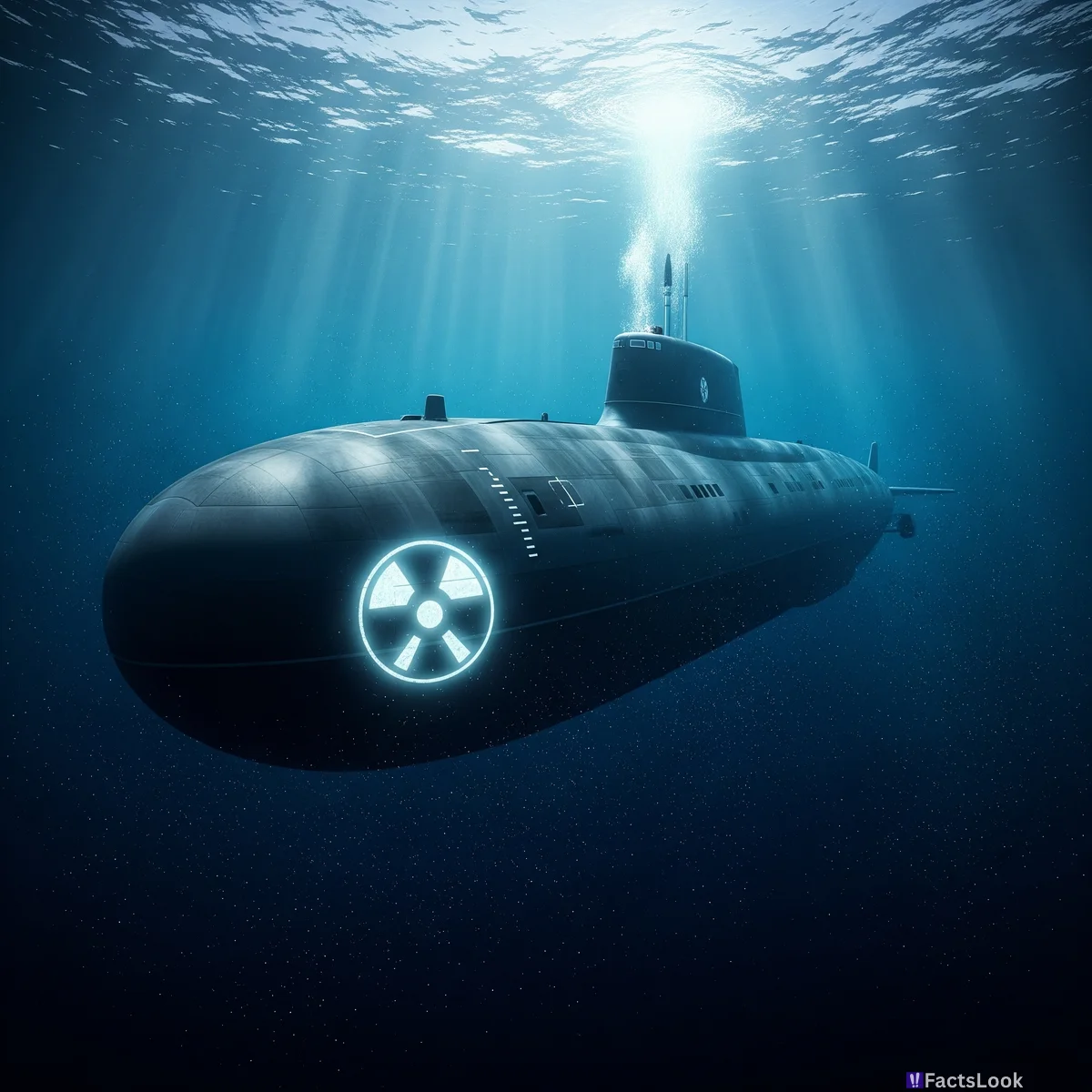
Nuclear reactors aren't just for land-based power plants. They are also used to power submarines and aircraft carriers. Nuclear propulsion allows these vessels to operate underwater for extended periods without refueling, offering a significant military advantage.
Chernobyl and Fukushima: Lessons Learned
The Chernobyl and Fukushima nuclear accidents were tragic events that highlighted the potential risks of nuclear power. However, they also led to significant safety improvements in reactor design, operational procedures, and regulatory oversight globally, making modern nuclear plants much safer.
Safety First: Multi-Layered Protection
Nuclear power plants are designed with multiple layers of safety systems to prevent accidents and contain radiation. These include reactor containment buildings, redundant cooling systems, and emergency shutdown mechanisms, ensuring robust protection against potential hazards.
Spent Fuel Pools: Temporary Storage Solution
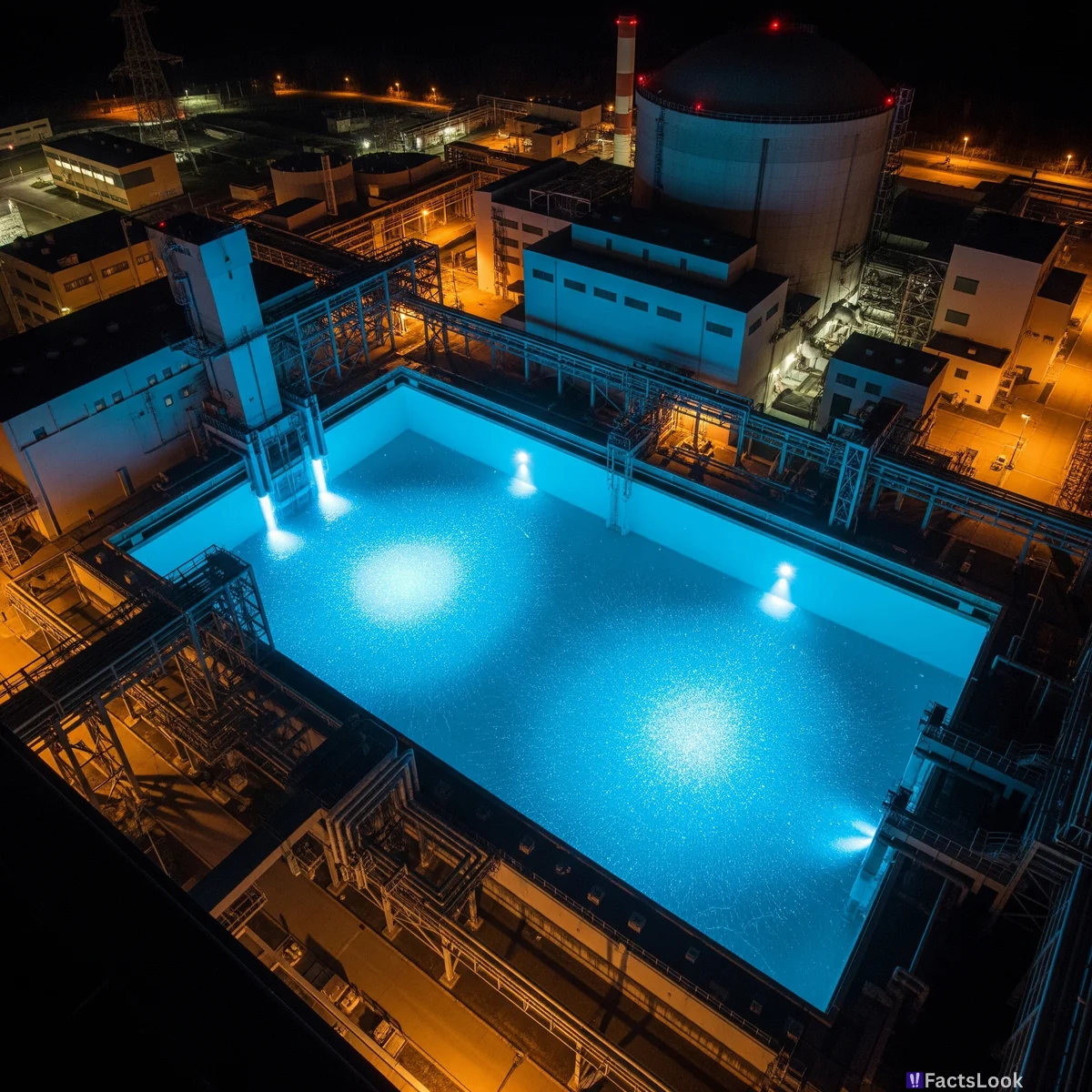
After uranium fuel is used in a reactor, it becomes spent fuel, which is still highly radioactive. It's initially stored in on-site spent fuel pools – large pools of water that cool the fuel and shield radiation. This is a temporary storage solution before longer-term options are implemented.
Dry Cask Storage: Long-Term Waste Management
For longer-term storage of spent nuclear fuel, dry cask storage is employed. Spent fuel is placed in robust, heavily shielded containers made of steel and concrete, providing secure containment for decades, awaiting permanent geological disposal solutions.
France: A Nuclear Powerhouse
France is a global leader in nuclear energy, generating about 70% of its electricity from nuclear power. This has enabled France to have some of the lowest carbon emissions per capita among industrialized nations, showcasing the impact of nuclear reliance.
Renewable Synergy: Nuclear's Role in a Green Future
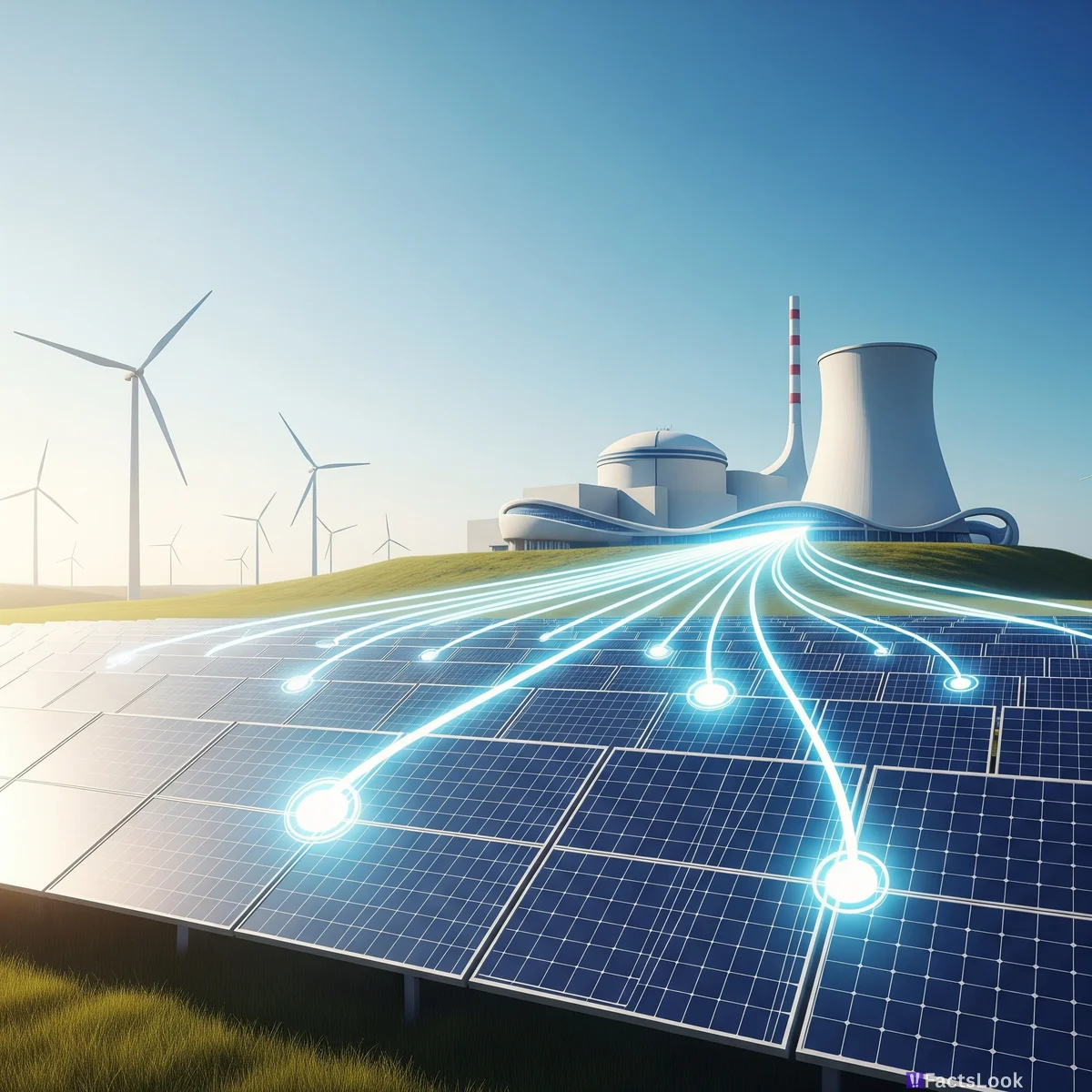
Nuclear power can complement renewable energy sources like solar and wind. Unlike renewables, nuclear provides a consistent, baseload power supply, ensuring grid stability and reliability even when the sun isn't shining or the wind isn't blowing, enabling a truly resilient clean energy mix.
Nuclear Energy: A Globally Growing Force
Despite controversies, nuclear energy is experiencing a global resurgence. Many countries are investing in new nuclear power plants to meet growing energy demands and decarbonization goals, recognizing its crucial role in achieving energy security and climate targets.
Thorium: The Next Generation Fuel?
Research is underway into alternative nuclear fuels like thorium. Thorium is more abundant than uranium and may offer advantages in terms of waste reduction and proliferation resistance. Molten Salt Reactors are a promising technology designed to utilize thorium fuel.
Fusion Energy: The Holy Grail?
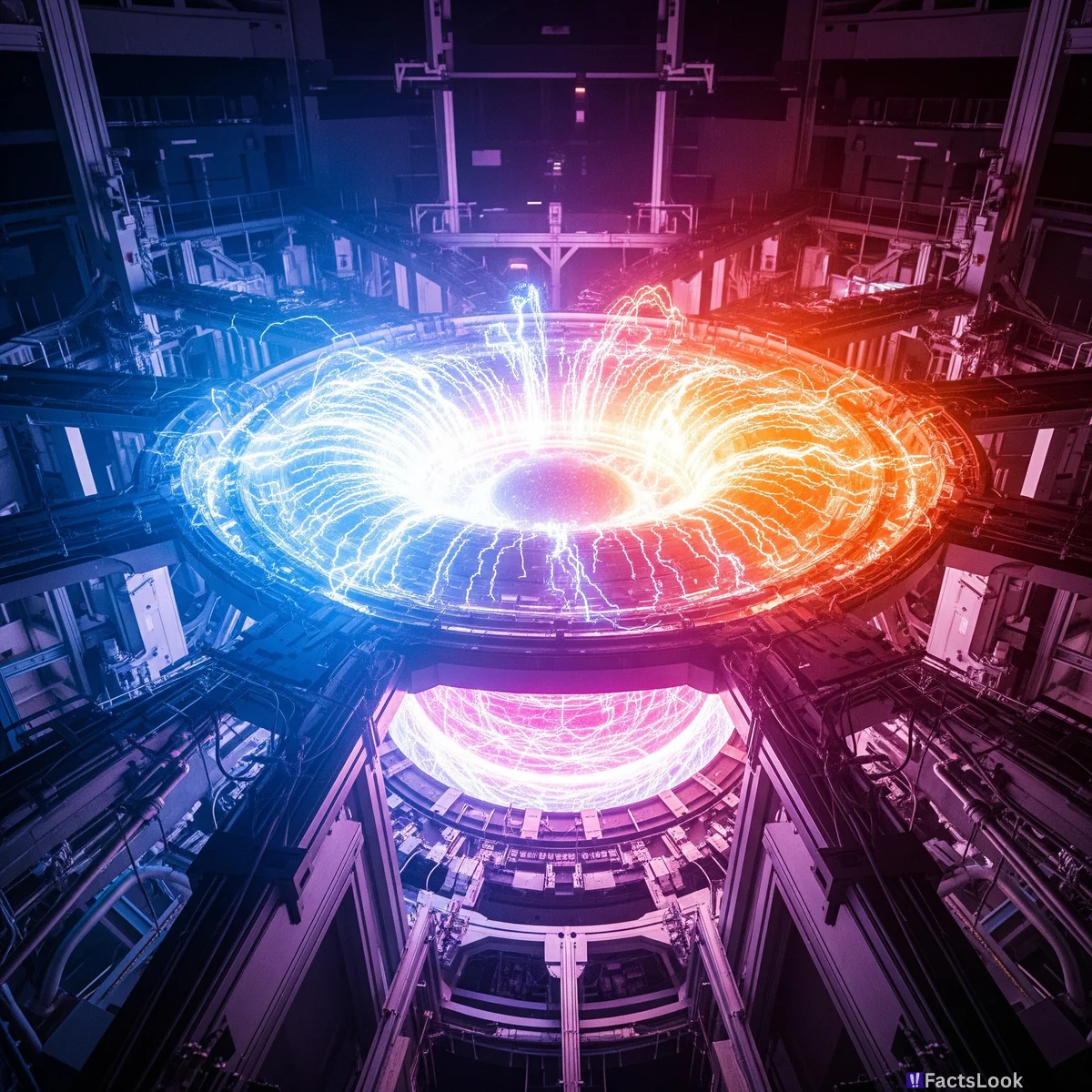
Beyond fission, fusion energy – the process that powers the sun – is the ultimate long-term goal. Fusion promises virtually limitless clean energy with minimal waste. While still in the research and development phase, breakthroughs are bringing us closer to harnessing this powerful energy source.
Isotopes for Space Exploration: Powering Deep Space Missions
Radioisotopes, derived from nuclear processes, are crucial for space exploration. They power deep-space probes and rovers like Voyager and Curiosity, providing reliable electricity in environments where solar power is impractical, enabling groundbreaking scientific discoveries.
Food Irradiation: Extending Shelf Life and Safety
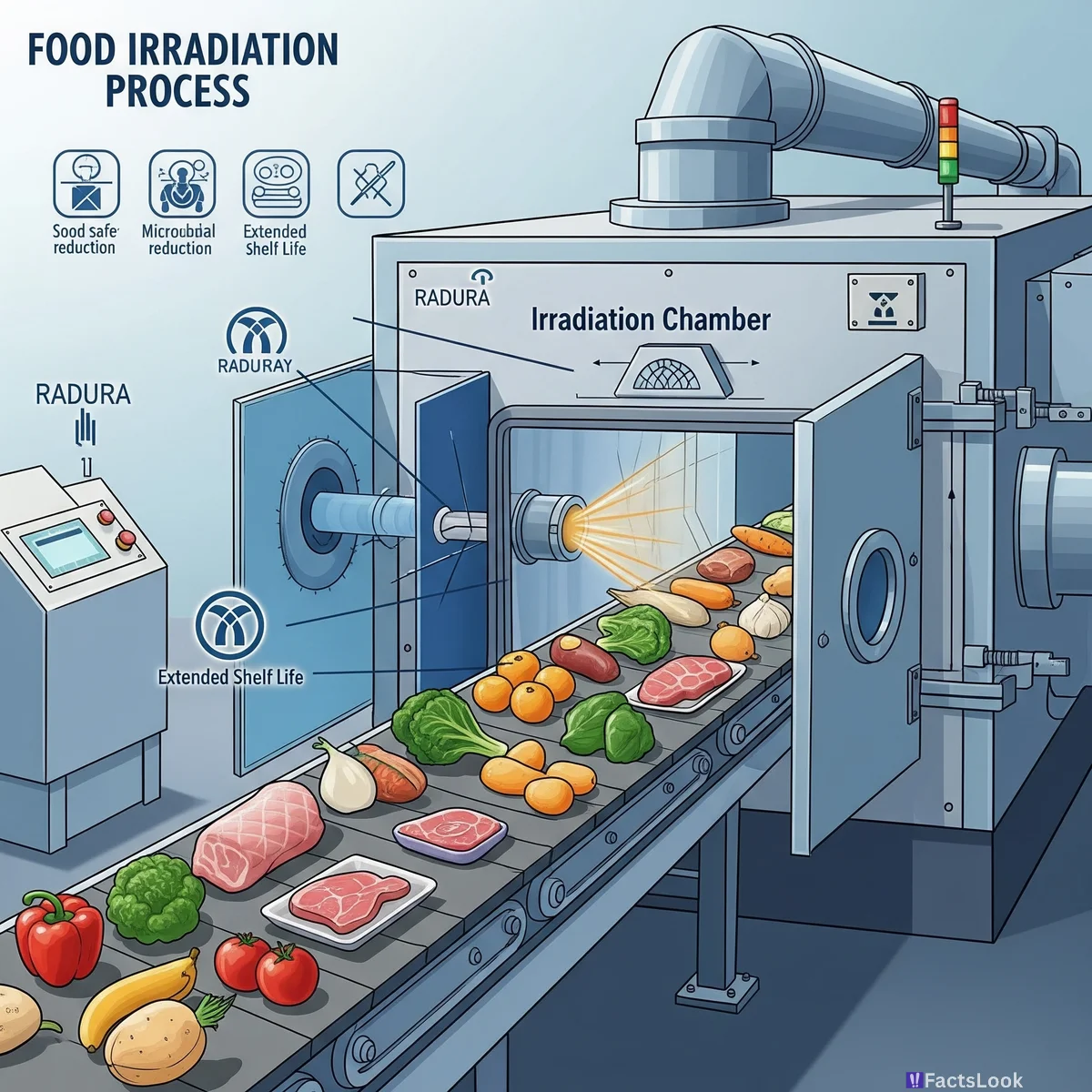
Nuclear technology plays a role in food safety through irradiation. Irradiating food with controlled doses of radiation can kill bacteria, insects, and parasites, extending shelf life and reducing foodborne illnesses, contributing to global food security.
Nuclear Medicine: Diagnosing and Treating Diseases
Nuclear medicine utilizes radioactive isotopes for diagnosis and treatment of various diseases, including cancer, heart conditions, and thyroid disorders. Techniques like PET scans and SPECT scans provide detailed images of the body's functions, aiding in early and accurate diagnosis.
The Future is Atomic: Energy for Generations?

Nuclear energy stands at a critical juncture. With growing global energy demand and urgent climate goals, its potential to provide clean, reliable, and abundant power is undeniable. Ongoing innovations and a renewed focus on safety could solidify nuclear's role as a cornerstone of a sustainable energy future for generations to come.
Comments
Loading comments...